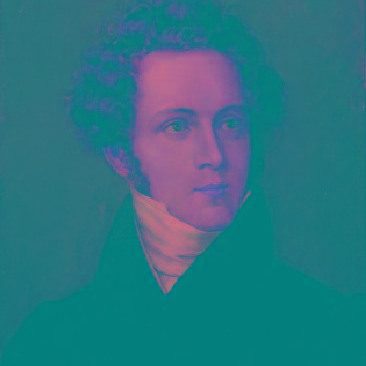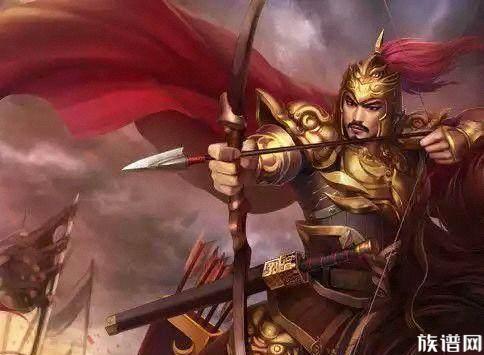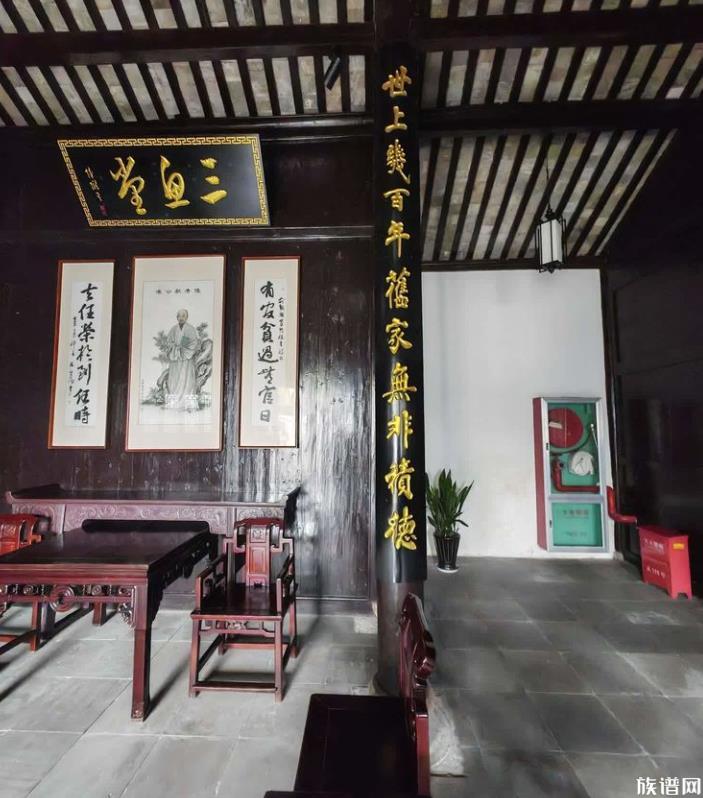



西班牙舰队
简介
西班牙舰队有130艘船,真正具有战斗能力的盖伦帆船大约有20艘,另外有44艘武装商船、23艘圆船、22艘差船、13艘轻帆船、4艘中船和4艘长船,人员总计三万多人,陆军约一万九千人,总吨位57868吨。战术是以抢登敌船为主。
格瑞福兰海战
1588年7月西多尼亚公爵乘坐“圣马丁号”,率领西班牙舰队向英国海域出发,舰队刚出港口就受到大西洋风暴的猛袭。7月21日舰队驶进英吉利海峡,22日凌晨英国舰队顺风向西班牙舰队发动攻击。此时英国长程火炮比西班牙多出三倍,炮火空前猛烈,“格兰格林号”丧失战斗力。
23日黎明,西多尼亚公爵发动反击,英舰“凯旋号”突围而去。28日晚间英国舰队发动火攻。7月29日西班牙舰队决定回国,剩下的西班牙船舰只乘着风势向北逃亡,英舰紧追不放,不断以炮火攻击西班牙舰队,后来又在海上遇上了大风暴。
战争起因
1587年英国女王伊丽莎白处死了信奉天主教的原苏格兰女王玛丽,罗马教皇颁布诏书,号召对英国进行圣战。西班牙对英宣战,扩编了海上舰队,命名为“最幸运的无敌舰队”,向英国进发。
战争过程
因西班牙舰队装备的大多是短射程、威力大的加农炮,英格兰舰队使用的却是射程较长、威力较低的长重炮,因此英格兰舰队在攻击时总是能保持安全的距离,当时双方主要使用的火炮有三种:加农炮、长重炮、皮里尔(射石炮,已过时),此外,西班牙舰队总共还有其他多种的杀人火炮。
组织
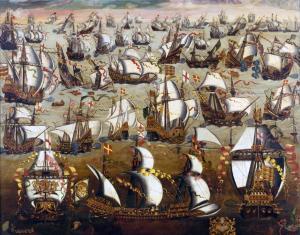
与英格兰舰队交战的无敌舰队
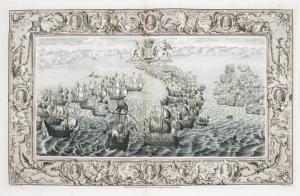
起火的San Salvador号
西班牙采用的战术是纵向发射,西班牙在舰队上有许多武装士兵,还有神父,近距离时采登船作战与冲撞;而英国有优秀的炮手,采用舷侧发射战术,并以其较长射程,避开与西舰的登船作战,事实上被英军击沉的只有两艘,且没有任何一艘英格兰军舰被击沉。
海权的极限
1588年10月回到西班牙时剩下43艘破船,几乎全军覆没。西班牙舰队的失败宣告西班牙海权的极限,无法控制北海地区,但是西班牙却从失败中学到教训,在西班牙珍宝船队配备长重炮,有效反抗英国海盗船的劫掠。1596年英国海军大将德雷克,在偷袭西班牙殖民地失败后,因为负伤和痢疾,不治而亡。之后英西战争更是朝不利于英国发展,最后在1604年结束。一百多年后的1704年,获得荷兰资本的英国海军,终于攻占了西班牙南面的直布罗陀,使得西班牙本土受到威胁。
参见
英西战争
西班牙珍宝船队
维哥湾海战
参考文献
Corbett, Julian S. Drake and the Tudor Navy: With a History of the Rise of England as a Maritime Power (1898)online edition vol 1; alsoonline edition vol 2
Cruikshank, Dan: Invasion: Defending Britain from Attack, Boxtree Ltd, 2002 ISBN 0-7522-2029-2
Fernández-Armesto, Felipe. The Spanish Armada: The Experience of War in 1588. (1988). 336 pp.
Froude, James Anthony. The Spanish Story of the Armada, and Other Essays (1899), by a leading historian of the 1890sfull text online
Kilfeather T.P: Ireland: Graveyard of the Spanish Armada, Anvil Books Ltd, 1967
Knerr, Douglas. "Through the "Golden Mist": a Brief Overview of Armada Historiography." American Neptune 1989 49(1): 5–13. Issn: 0003-0155
Konstam, Angus. The Spanish Armada: The Great Enterprise against England 1588 (2009)
Lewis, Michael. The Spanish Armada, New York: T.Y. Crowell Co., 1968.
McDermott, James. England and the Spanish Armada: The Necessary Quarrel (2005)excerpt and text search
Martin, Colin, and Geoffrey Parker. The Spanish Armada (2nd ed. 2002), 320pp by leading scholars; uses archaeological studies of some of its wrecked shipsexcerpt and text search
Martin, Colin (with appendices by Wignall, Sydney: Full Fathom Five: Wrecks of the Spanish Armada (with appendices by Sydney Wignall), Viking, 1975
Mattingly, Garrett. The Armada (1959). the classic narrativeexcerpt and text search
Parker, Geoffrey. "Why the Armada Failed." History Today 1988 38(may): 26–33. Issn: 0018-2753. Summary by leadfing historian.
Pierson, Peter. Commander of the Armada: The Seventh Duke of Medina Sidonia. (1989). 304 pp.
Rasor, Eugene L. The Spanish Armada of 1588: Historiography and Annotated Bibliography. (1992). 277 pp.
Rodger, N. A. M. The Safeguard of the Sea: A Naval History of Britain 660–1649 vol 1 (1999) 691pp;excerpt and text search
Rodriguez-Salgado, M. J. and Adams, Simon, eds. England, Spain, and the Gran Armada, 1585–1604 (1991) 308 pp.
Thompson, I. A. A. "The Appointment of the Duke of Medina Sidonia to the Command of the Spanish Armada", The Historical Journal, Vol. 12, No. 2. (1969), pp. 197–216.in JSTOR
Alcalá-Zamora, José N. (2004). La empresa de Inglaterra: (la "Armada invencible" : fabulación y realidad). Taravilla: Real Academia de la Historia ISBN 978-84-95983-37-4
免责声明:以上内容版权归原作者所有,如有侵犯您的原创版权请告知,我们将尽快删除相关内容。感谢每一位辛勤著写的作者,感谢每一位的分享。

相关资料

- 有价值
- 一般般
- 没价值








推荐阅读
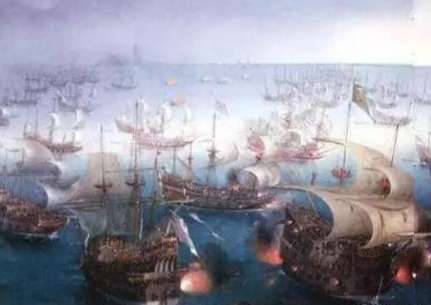
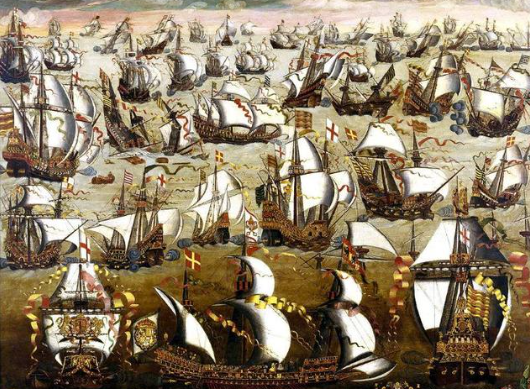
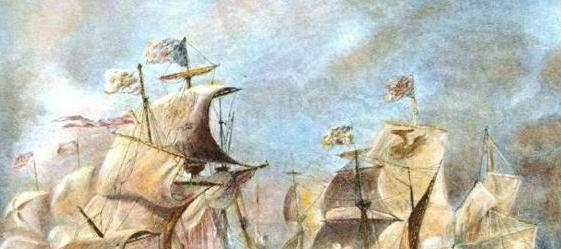
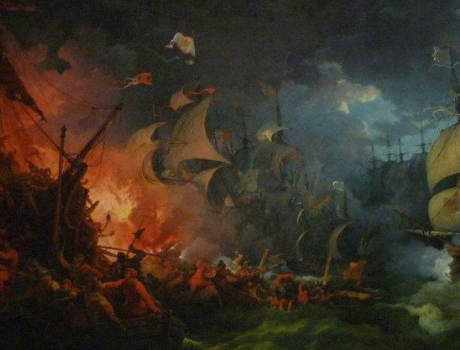

关于我们

APP下载









